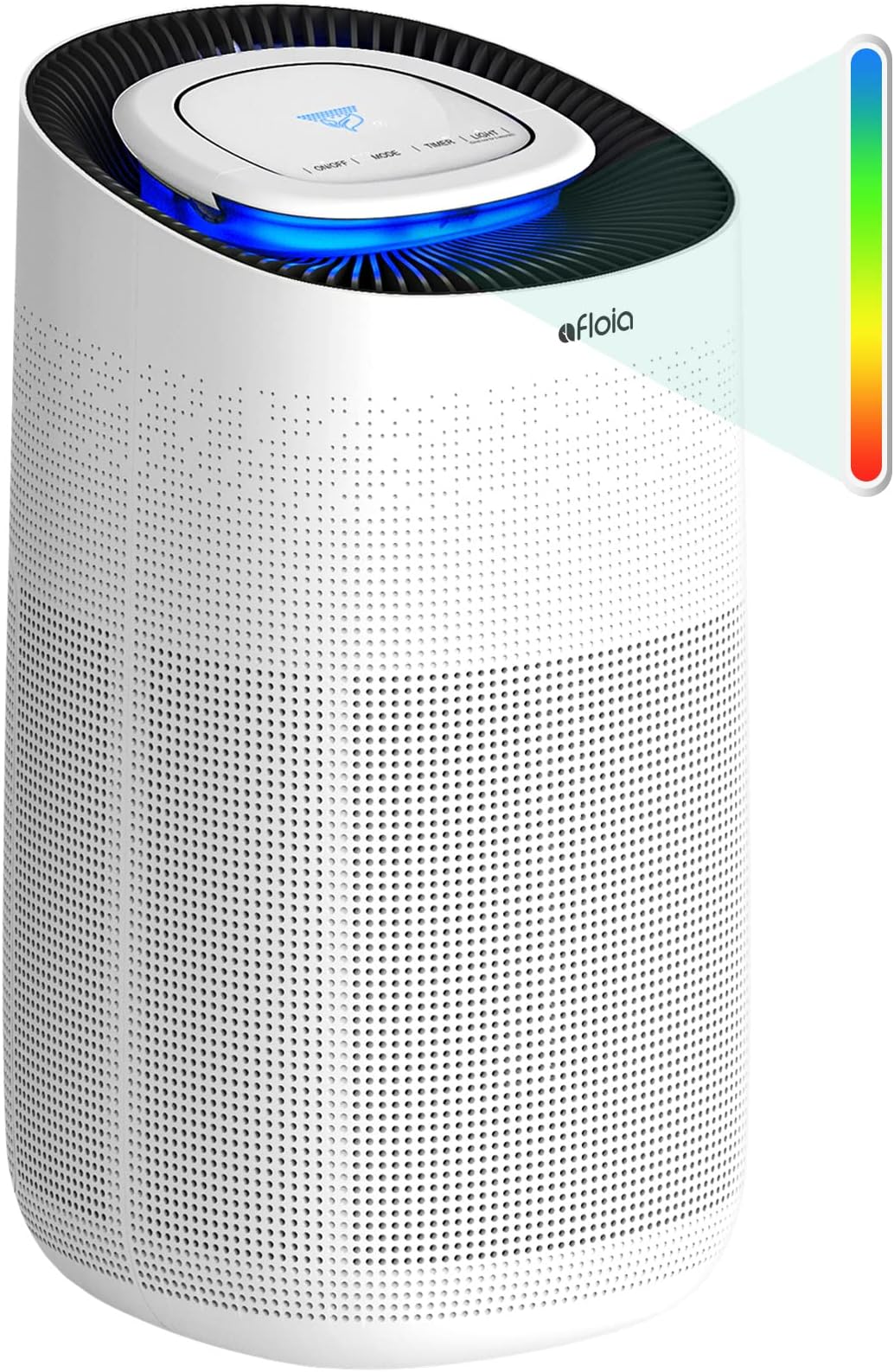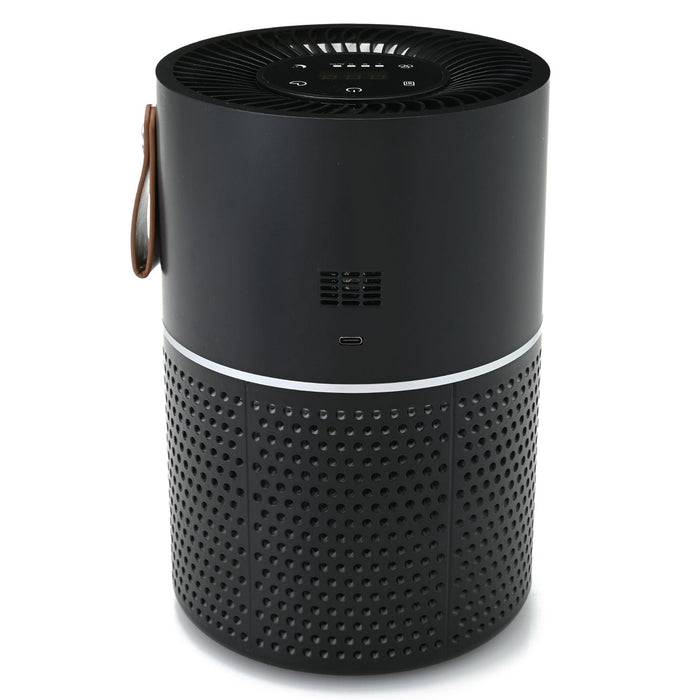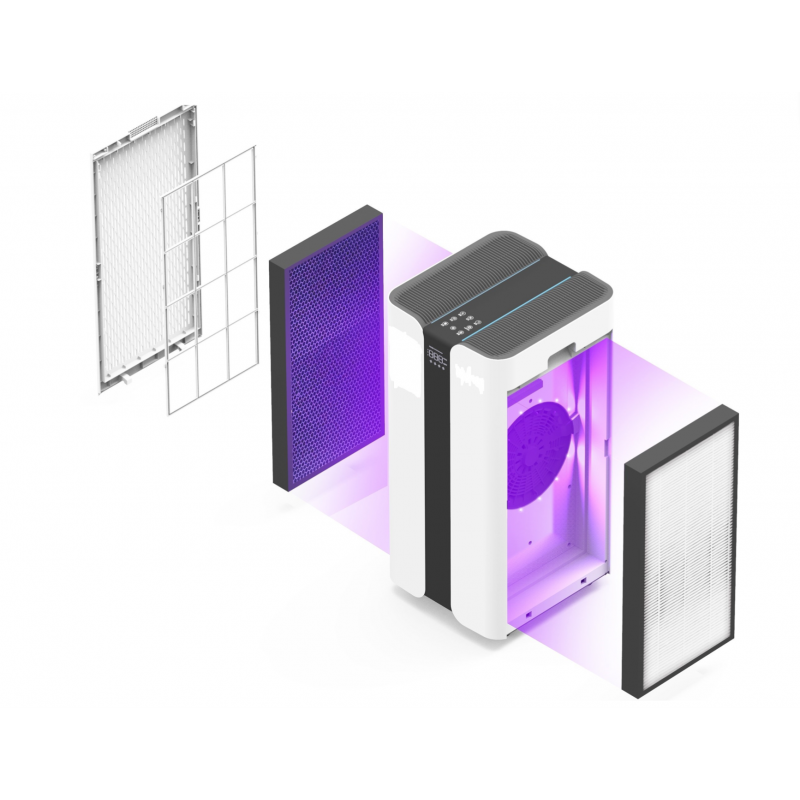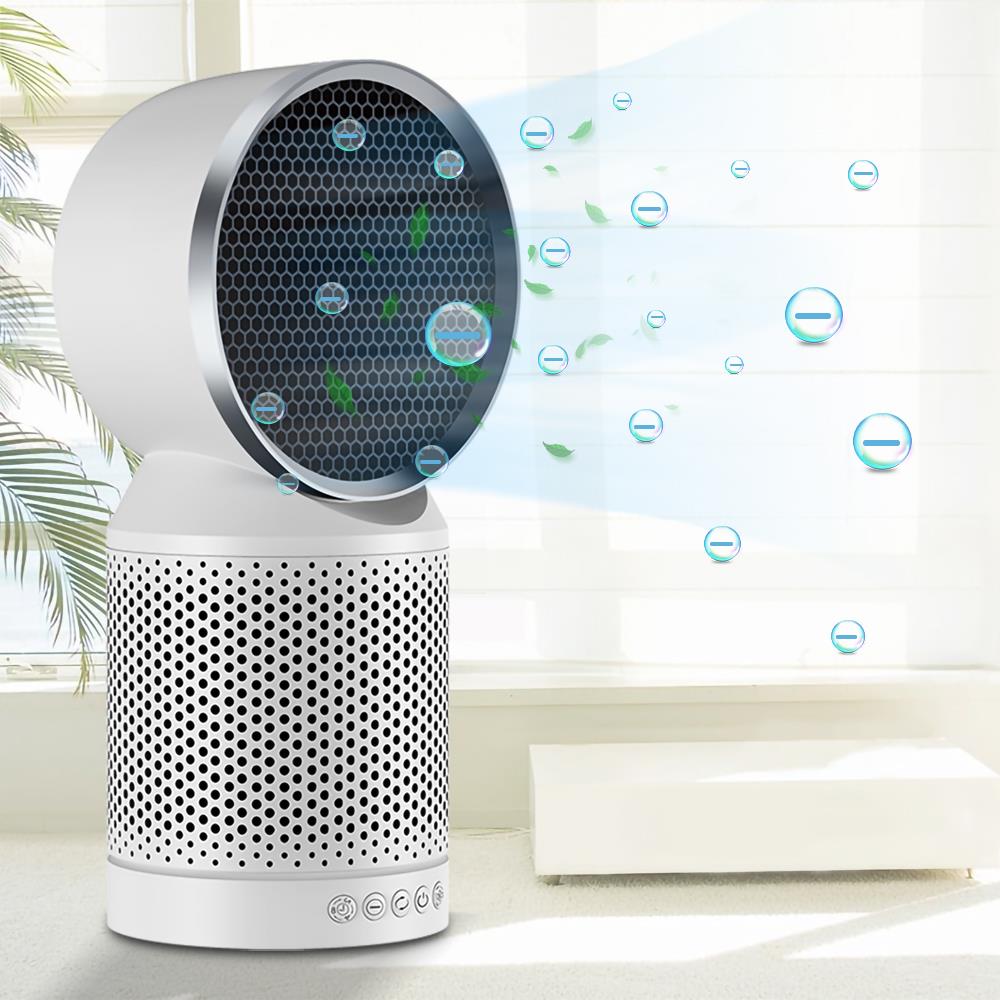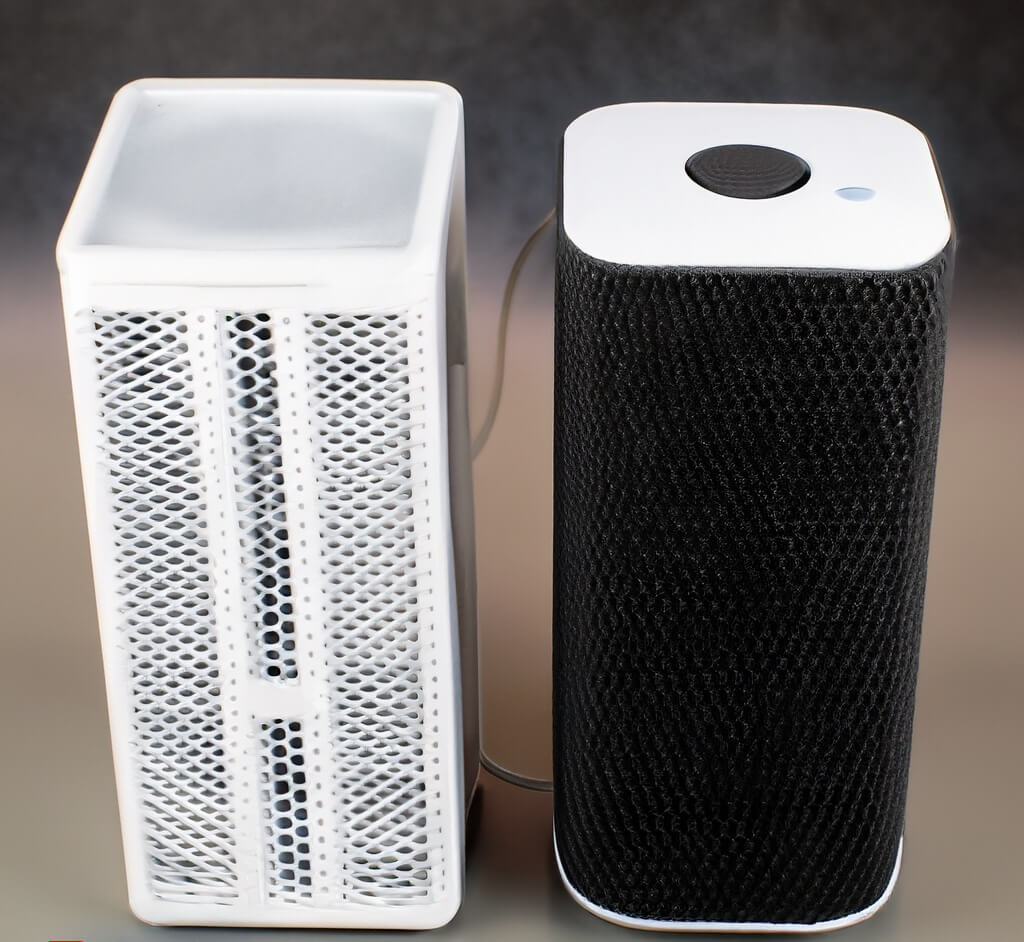Air Purifier With An Activated Carbon Filter

Invisible threats lurk in the air we breathe, from microscopic allergens to noxious pollutants. These silent invaders can trigger respiratory distress, exacerbate chronic conditions, and generally diminish our quality of life. As awareness of indoor air quality rises, so does the demand for effective solutions, placing air purifiers, particularly those with activated carbon filters, at the forefront of the battle for cleaner, healthier indoor environments.
The surge in air purifier popularity underscores a growing concern: the pervasive presence of indoor air pollutants and their potential health impacts. This article will delve into the science behind activated carbon filters, examining their efficacy in removing various pollutants. We will explore the different types of filters available, analyze their performance data, and consider the perspectives of experts and consumers alike to provide a comprehensive overview of these vital air cleaning devices.
The Science of Activated Carbon Filtration
Activated carbon filters work through a process called adsorption. This process involves trapping gas molecules and volatile organic compounds (VOCs) within the porous structure of the carbon material. The carbon is "activated" by treating it with high heat, creating millions of tiny pores that dramatically increase its surface area, making it exceptionally effective at capturing pollutants.
The effectiveness of an activated carbon filter depends on several factors. These factors include the quality of the carbon, the size and distribution of the pores, and the airflow rate through the filter. A higher quality carbon with a larger surface area will generally capture more pollutants, while a lower airflow rate allows more time for adsorption to occur.
What Pollutants Can Activated Carbon Filters Remove?
Activated carbon filters excel at removing gaseous pollutants and odors. These include VOCs emitted from paints, cleaning products, and furniture, as well as smoke, pet odors, and cooking smells.
However, activated carbon filters are not effective at removing particulate matter such as dust, pollen, and mold spores. For particulate removal, air purifiers often incorporate additional filters, such as HEPA filters.
Types of Activated Carbon Filters
Several types of activated carbon filters are available, each with its own advantages and disadvantages. Granular activated carbon (GAC) filters are commonly used due to their affordability and effectiveness at removing a wide range of pollutants.
Impregnated activated carbon filters contain additives that enhance their ability to remove specific pollutants, such as formaldehyde or ammonia. These filters are often more expensive but can be more effective for targeted pollutant removal.
Carbon cloth filters offer a larger surface area than GAC filters and are known for their low pressure drop, allowing for better airflow. They are commonly found in high-performance air purifiers.
Performance Data and Independent Testing
Numerous independent organizations conduct testing on air purifiers to evaluate their effectiveness. Organizations like the Association of Home Appliance Manufacturers (AHAM) use the Clean Air Delivery Rate (CADR) to measure the speed at which an air purifier cleans a room of specific pollutants, including smoke, dust, and pollen.
While CADR provides a useful metric for evaluating particulate removal, it does not directly measure the effectiveness of activated carbon filters in removing gaseous pollutants. For this, consumers often rely on manufacturer claims and third-party testing reports.
Consumer Reports and other publications often conduct comparative tests of air purifiers, providing insights into their overall performance and value. These tests typically assess the filter's ability to remove various pollutants and measure noise levels and energy consumption.
Expert Opinions and Consumer Perspectives
Experts in the field of environmental science and public health emphasize the importance of addressing indoor air quality concerns. The Environmental Protection Agency (EPA) recognizes that indoor air pollutants can be significantly higher than outdoor levels, leading to various health problems.
Dr. Emily Carter, a leading pulmonologist at the National Institute of Environmental Health Sciences (NIEHS), stresses the role of air purifiers in mitigating health risks. She stated, "Air purifiers with activated carbon filters can be a valuable tool for reducing exposure to harmful VOCs and improving indoor air quality, especially for individuals with respiratory conditions."
Consumers who have used air purifiers with activated carbon filters often report improvements in air quality and a reduction in symptoms such as allergies and asthma. However, some consumers express concerns about the cost of filter replacements and the need for regular maintenance.
Future Trends and Innovations
The air purifier market is constantly evolving, with ongoing research and development focused on improving filter efficiency and expanding pollutant removal capabilities. One emerging trend is the integration of smart technology into air purifiers, allowing users to monitor air quality in real-time and adjust settings remotely.
Another area of innovation is the development of more sustainable and eco-friendly filter materials. Researchers are exploring the use of bio-based activated carbon derived from agricultural waste as a renewable alternative to traditional carbon sources.
The integration of photocatalytic oxidation (PCO) technology with activated carbon filters is also gaining traction. PCO technology uses UV light to catalyze a chemical reaction that breaks down pollutants into harmless substances, further enhancing the air purifier's ability to remove VOCs and odors.
Conclusion
Air purifiers with activated carbon filters offer a powerful solution for combating indoor air pollution. While they excel at removing gaseous pollutants and odors, they are often paired with other filtration technologies, such as HEPA filters, to provide comprehensive air cleaning capabilities. As technology advances and awareness of indoor air quality grows, air purifiers are poised to play an increasingly important role in creating healthier and more comfortable indoor environments.








